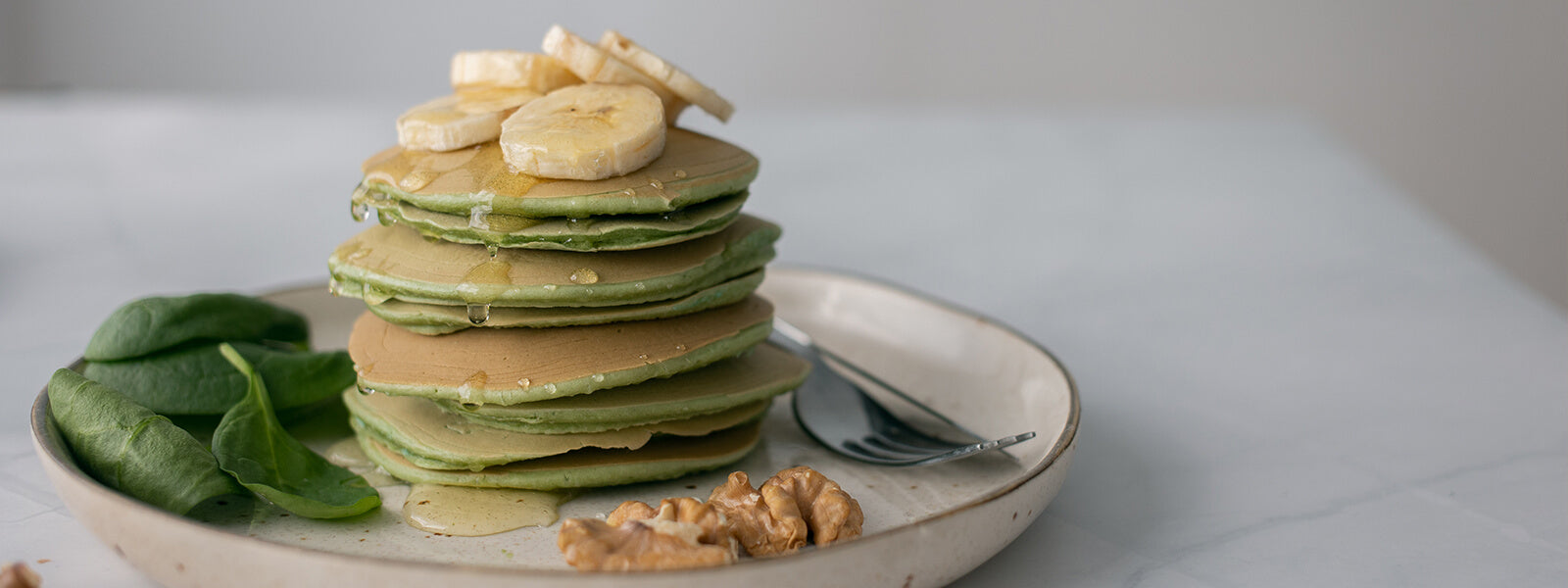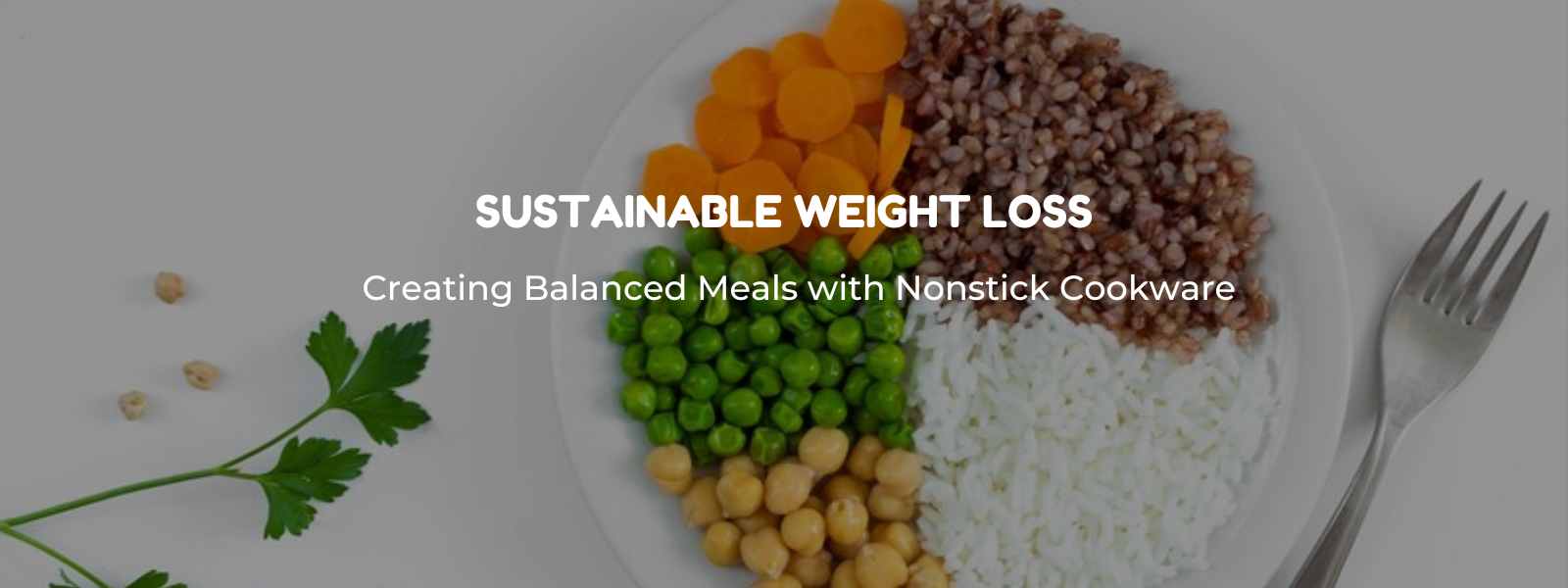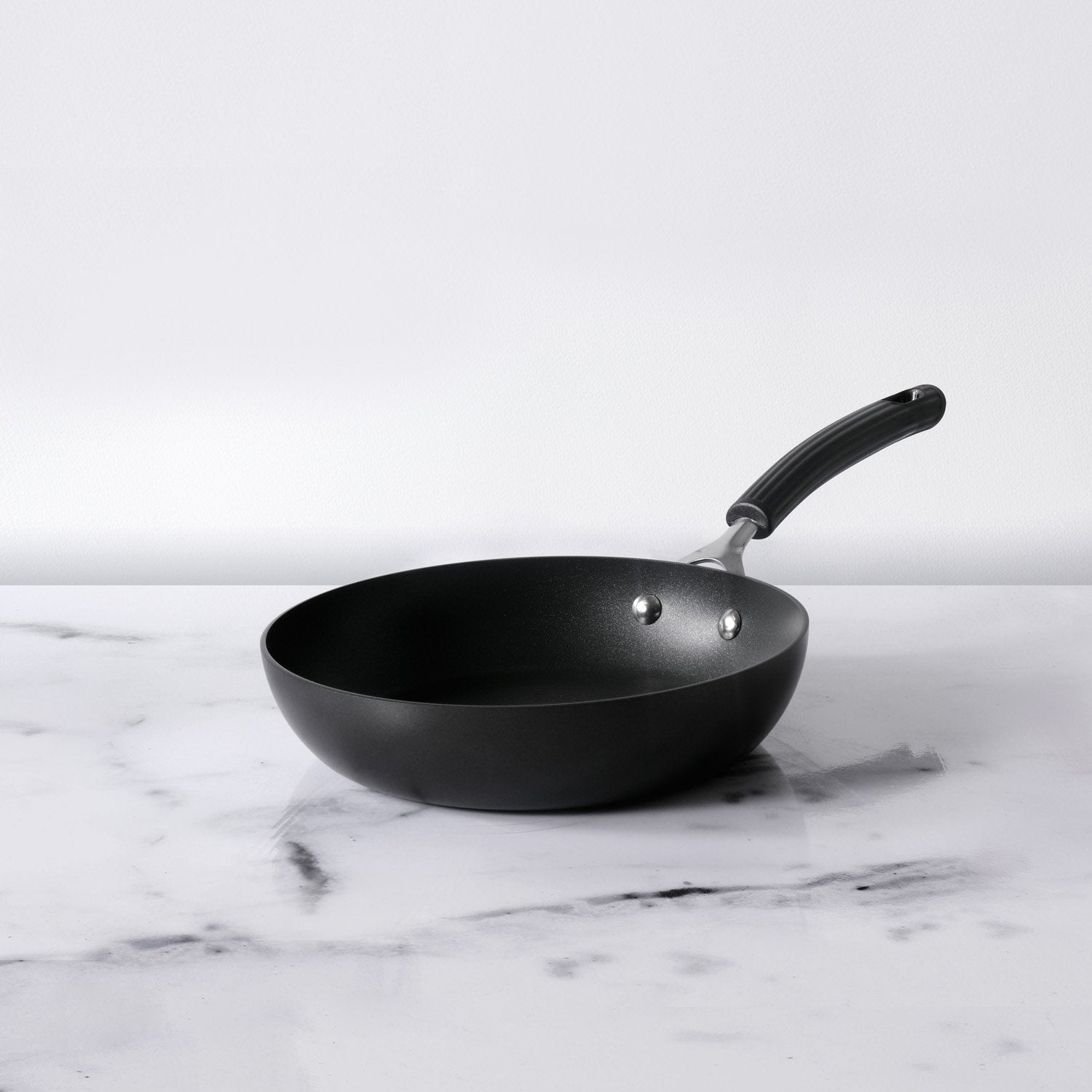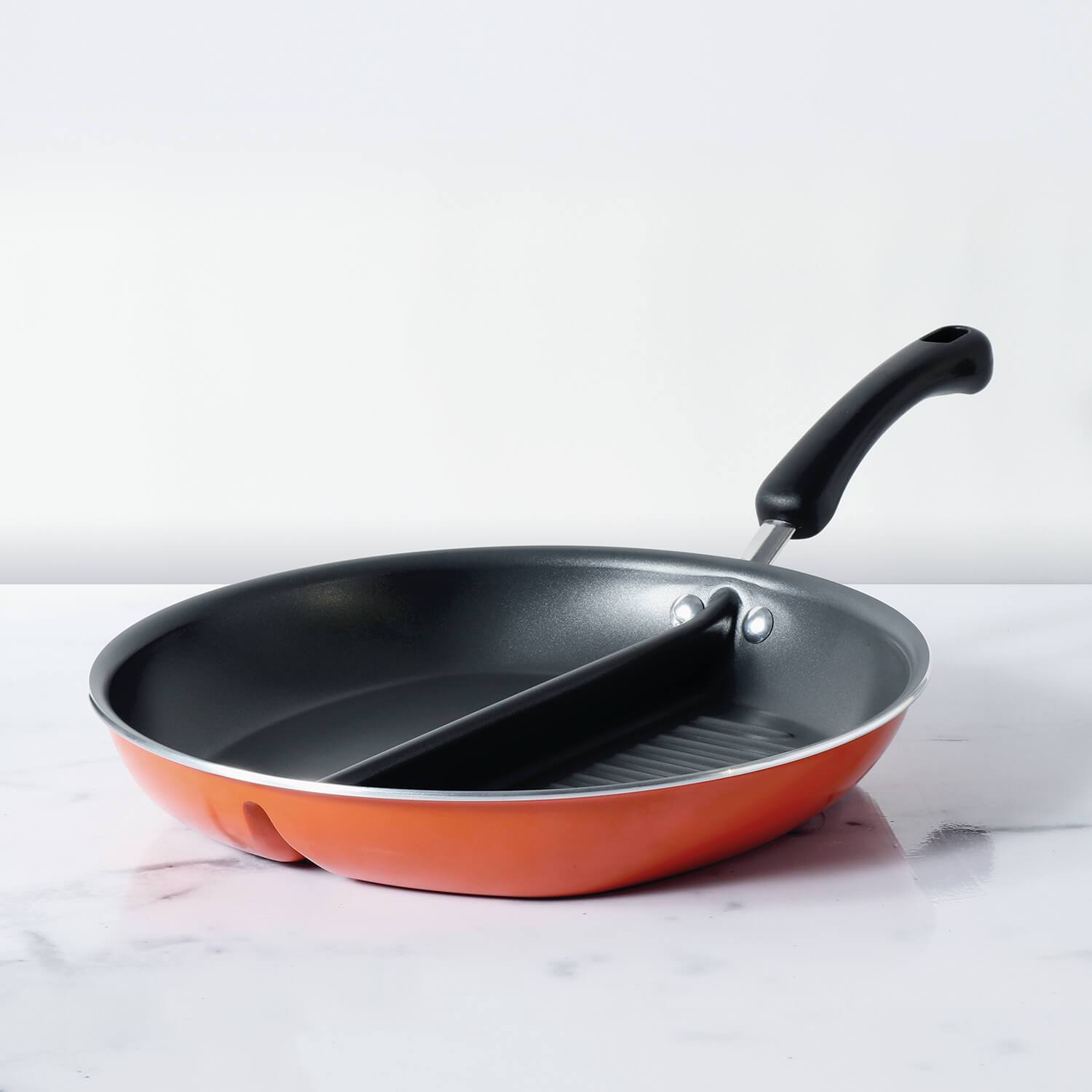Building a balanced plate for every meal involves creating a composition that provides essential nutrients, supports weight management, and contributes to overall well-being. Start by filling half of your plate with a colorful array of vegetables, which supply vitamins, minerals, and fiber. Dedicate a quarter of the plate to lean protein sources like chicken, fish, or legumes to support muscle maintenance and satiety. The remaining quarter can be filled with whole grains or starchy vegetables, offering sustained energy. Don't forget about healthy fats from sources like avocados and nuts. Portion control is crucial, and incorporating fruits alongside your meals ensures a wide variety of nutrients. This approach not only nourishes the body but also helps control weight, improve digestion, and reduce the risk of chronic diseases, contributing to your long-term health and vitality.
Table of Contents
- 1. What Do You Mean By Balanced Plate?
- 2. Benefits of Balanced Plate for Every Meal:
- 3. How to Build a Balanced Plate for Every Meal?
- 4. Vegetables (Half of Your Plate):
- 5. Protein (A Quarter of Your Plate):
- 6. Grains (A Quarter of Your Plate):
- 7. Healthy Fats:
- 8. Dairy or Dairy Alternatives (Optional):
What Do You Mean By Balanced Plate?
A balanced plate is a meal composition that provides a harmonious blend of essential nutrients, promoting overall health and well-being. It typically consists of a combination of vegetables, lean proteins, whole grains or starchy vegetables, and healthy fats. The proportion of each component may vary, but the idea is to ensure that you receive a diverse array of vitamins, minerals, and macronutrients in appropriate portions. A balanced plate offers a holistic approach to nutrition that nourishes the body, regulates blood sugar, and fosters a sense of satisfaction, making it a cornerstone of healthy eating.
Benefits of Balanced Plate for Every Meal:
- Nutrient Adequacy: A balanced plate ensures that you receive a wide spectrum of essential nutrients, including vitamins, minerals, and macronutrients like carbohydrates, proteins, and fats.
- Weight Management: It supports weight management by helping control portion sizes, reducing overeating, and promoting a feeling of fullness and satisfaction.
- Steady Energy Levels: Balanced meals provide a steady source of energy throughout the day, preventing energy spikes and crashes.
- Improved Digestion: Including fiber-rich foods like vegetables and whole grains aids digestion and helps maintain a healthy gut.
- Better Heart Health: A balanced plate can contribute to heart health by including heart-healthy fats, lean proteins, and whole grains that help manage cholesterol levels and blood pressure.
- Blood Sugar Control: It helps regulate blood sugar levels, reducing the risk of blood sugar spikes and insulin resistance, which can lead to diabetes.
- Reduced Risk of Chronic Diseases: A balanced diet rich in fruits and vegetables, along with a variety of foods, can lower the risk of chronic diseases such as heart disease, cancer, and hypertension.
- Healthy Body Composition: A balanced plate supports the development and maintenance of lean muscle mass while controlling body fat.
- Better Mood and Cognitive Function: Proper nutrition can positively impact mood, mental clarity, and cognitive function.
- Improved Skin and Hair Health: The nutrients from a balanced plate can enhance the health and appearance of your skin and hair.
- Enhanced Immune Function: A diet rich in vitamins, minerals, and antioxidants can boost the immune system and protect against illnesses.
- Long-Term Health and Longevity: Adopting a balanced eating pattern is associated with a longer, healthier life, reducing the risk of age-related diseases and promoting longevity.
How to Build a Balanced Plate for Every Meal?
Vegetables (Half of Your Plate):
- Choose a variety of vegetables to add color, flavor, and essential nutrients to your plate. Include leafy greens like spinach, kale, or arugula for their rich vitamin and mineral content.
- Opt for cruciferous vegetables such as broccoli, cauliflower, and Brussels sprouts, which are packed with fiber and antioxidants.
- Include other colorful options like bell peppers, carrots, tomatoes, and cucumbers. These provide vitamins, minerals, and hydration.
- Consider both raw and cooked vegetables to enjoy different textures and flavors.
Protein (A Quarter of Your Plate):
- Focus on lean protein sources to promote muscle maintenance and overall body function. Options include skinless poultry, fish, lean cuts of beef or pork, tofu, tempeh, legumes (beans, lentils, chickpeas), and eggs.
- Vary your protein sources to benefit from different nutrients and flavors. Fish, for example, is rich in omega-3 fatty acids, while legumes provide fiber and plant-based protein.
- When preparing meat, opt for healthier cooking methods like grilling, baking, or broiling rather than frying.
Grains (A Quarter of Your Plate):
- Choose whole grains to provide fiber, vitamins, minerals, and sustained energy. Whole grains include brown rice, quinoa, whole wheat pasta, whole-grain bread, barley, and oats.
- Alternatively, you can select starchy vegetables like sweet potatoes, corn, or peas to fulfill this portion of your plate.
Healthy Fats:
- While not represented on the plate, don't forget about healthy fats. Incorporate small amounts of sources like avocados, nuts, seeds, and olive oil into your meals. These fats support various bodily functions, including hormone production, brain health, and nutrient absorption.
- Avocados can be sliced or mashed to top your vegetables or spread on whole-grain bread.
- Nuts and seeds make excellent additions to salads or yogurt.
Dairy or Dairy Alternatives (Optional):
- If you consume dairy, you can include a small serving of milk, yogurt, or cheese. These provide calcium and protein. Opt for low-fat or fat-free options if you're concerned about calories or saturated fat.
- If you prefer dairy alternatives, choose fortified options like almond milk or soy yogurt for calcium and other nutrients.
- Use dairy products as a side or in recipes, such as adding yogurt to smoothies or using cheese sparingly in dishes.










Leave a comment